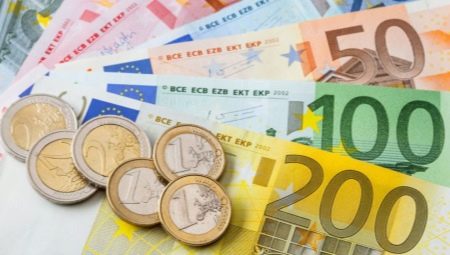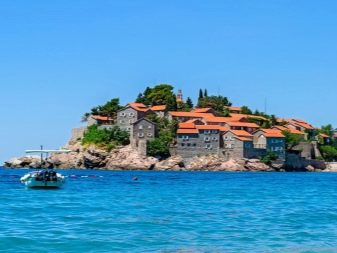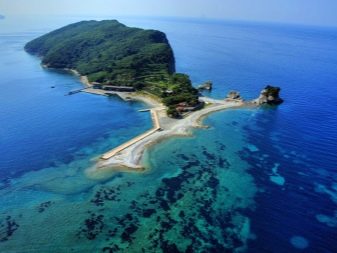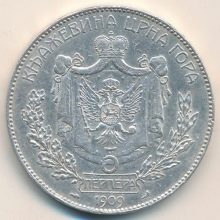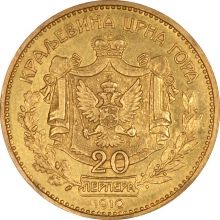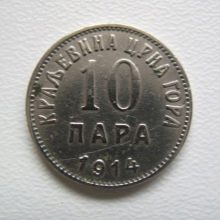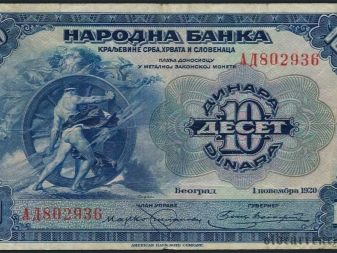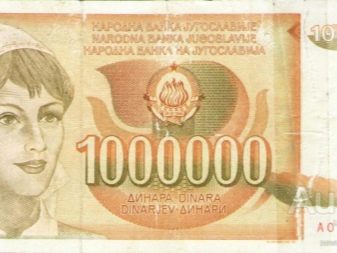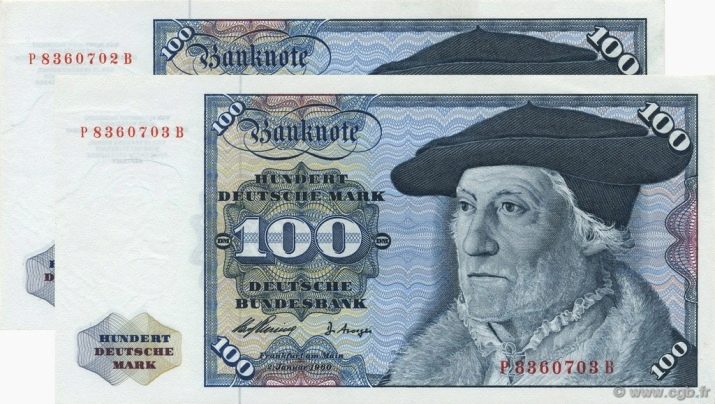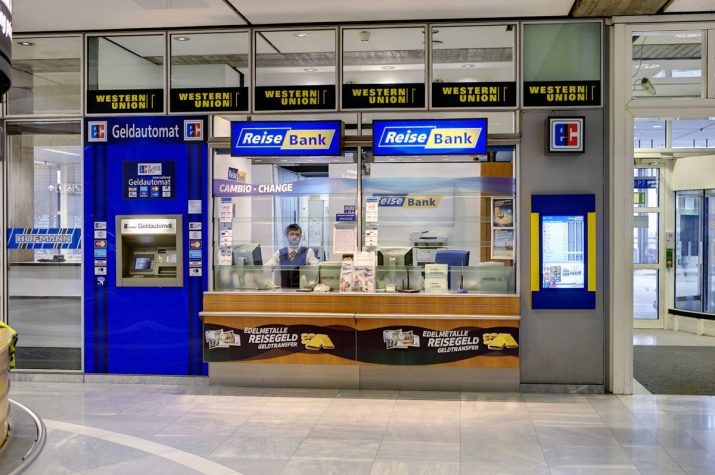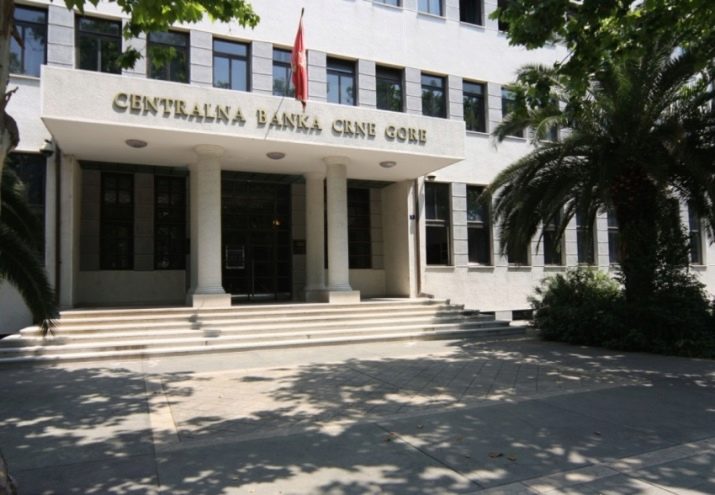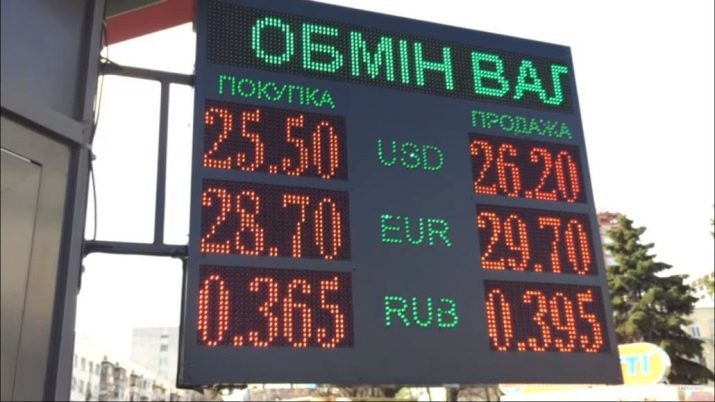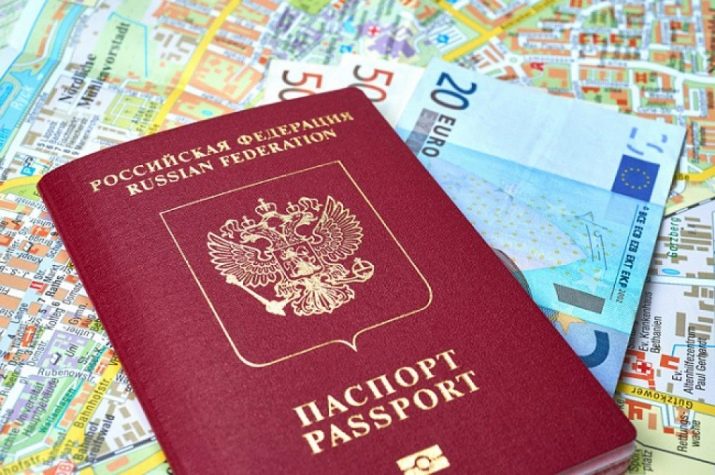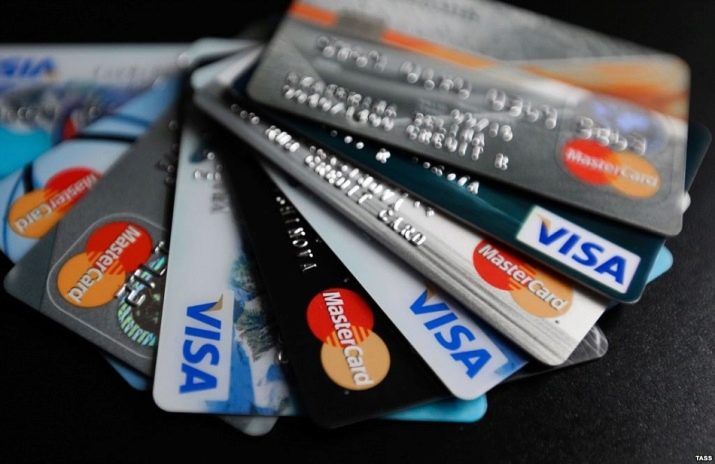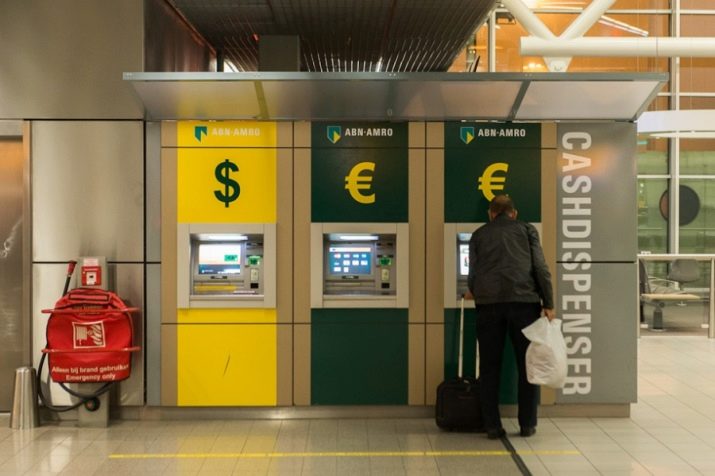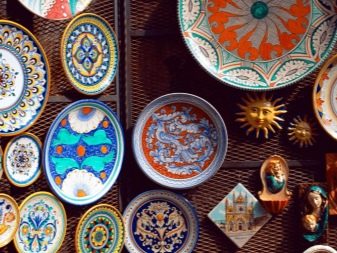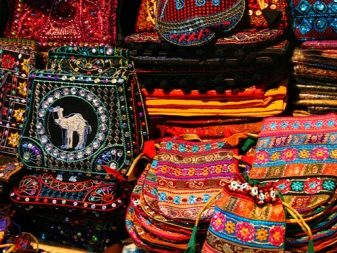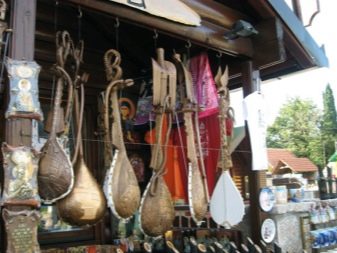If you are a lover of a quiet, relaxing holiday, without noisy parties and a large number of tourists, then you will definitely need to visit Montenegro. This is a country with very beautiful landscapes and a warm climate, besides this, it has one more feature - it does not have its own currency, the national currency there is the euro.
Currency history
For a long time, this state did not have its own monetary unit. At different times in everyday life were different banknotes and coins. Until 1909, money from various European countries was used as money in the country: the lira of Turkey, the Austro-Hungarian krone, the French franc, and some other monetary units.
Since 1909, the ruler of Montenegro, Nicolas I, by his decree, introduces the national currency: perper and par. Until 1912, gold and silver perper were used in denominations of 1, 2, 5, 10, 20, 50 and 100 perper. After there were money bills - perper, respectively, 1 perper is equal to 100 pairs. The pairs have remained small coins of 1, 2, 10 and 20 pairs.
In 1918, Montenegro lost its independence and was annexed to the United Kingdom of the Croats, the Slovenes and the Serbs, and local banknotes lost their importance, the Royal Krone came into use. But it was not long, in 1920, new money appeared - Yugoslav dinars. This currency existed in the country for quite a long time, until the end of the 80s of the last century, until the country began hyperinflation. During this time, denominations of 50 thousand, 1 and 2 million dinars were issued.
In the early 90s, the government tried to take measures and change the situation, but after 2 years the economic situation in the country became even worse. In 1993, notes of 10 and 500 billion dinars were issued. By the end of the 90s, the economy began to stabilize, and new money was issued much lower than its nominal value. Since 1999, the German mark entered the country as a means of payment, which later remained the single currency of Montenegro.
In early 2002, when the single currency, the euro, was introduced throughout Europe, Montenegro unilaterally adopted it as currency on its territory. Since this process was not coordinated with the European Central Bank, this state still has no right to issue it.
Modern banknotes, primarily the euro, enter the country due to the flow of tourists and foreign investment in the country's economy.
Exchange
As in any civilized country, in Montenegro, currency can be exchanged at any bank and at certain specialized currency exchange points. And also upon arrival in the country you can change money without leaving the airport, there are also exchange offices, as well as in any major shopping center. Since the country is focused on tourists, it can be done in your hotel or tourist center, where there are special vehicles.
If you decide to change money in any place other than a bank, you will need to take into account the commission that you can take. In some exchange offices, the commission for currency exchange can reach up to 10 percent of the amount of exchange. But there is a chance that you will fall on scammers, be careful.
In Montenegro, any operations with currency that are conducted without a license to operate are punishable by law and administrative fines.
When exchanging money in the banks of Montenegro, you need to consider a few points.
- Most banks work full time from Monday to Thursday, Friday - shorter working day, Saturday and Sunday - weekends.
- Since the country is in a warm climate zone, and during the day there is a fairly high temperature, the official lunch break in the country lasts more than two hours, from 13 to 16 hours. Many companies and organizations, including banks, adhere to this mode of operation.
- Until 13.00, money can be changed in the People's Bank - it is a kind of analogue of the Russian Central Bank.
As for the euro against the ruble exchange rate, it may differ slightly in exchange offices than in a bank. And as mentioned above, when exchanging currency in the country, you may be charged an additional fee.
The best option would be if you come to the country already with the exchanged money. Part of the money can be put on the card, and a part can be brought in cash.
Before arriving in a country with cash, check with the customs authorities how much you can freely import and export from the country. In this case, you do not have to run around the country in search of exchangers or read the ratio of rates.
Application of plastic cards
When traveling to any country, including Montenegro, the best way to transport and store money is plastic cards. If the card is lost or stolen, you can block the card, while the money will remain in your account. In addition, they can pay almost everywhere in the center of the country, and in all tourist resorts. Before the trip, it is better to call the bank, clarify the conditions for using the card abroad. Basically, if you travel to another country with your card, you will be charged a fee for a cashless settlement.
There are two main types of commission when using cards.
- Conversion fee. This is the commission of the bank that issued your card. If you have a different currency on your card other than the euro, when you pay with such a card, you will be charged a fee for recalculation of the amount in euros. Any terminal recalculation will make independently and will take from you a commission for this recalculation - this is the essence of the conversion. Each bank establishes this commission independently, in some cases it can reach up to 10 percent of the amount of calculation.
- Commission for withdrawing money from an ATM. It must be remembered that in Montenegro, Russian banks do not work, but ATMs accept Visa and MasterCard payment systems. For example, if you have a Sberbank card, when withdrawing cash from it, you will have to take a commission from 5 to 10 percent of the withdrawal amount - an ATM will automatically debit this amount from your account.
In popular tourist destinations and in the center of the country, you can pay on the map almost everywhere.
If you are traveling independently and in any direction, it is better to have some cash with you, since terminals are less common on the outskirts and in the provinces.
How to withdraw cash?
In Montenegro, banks operate in a mode different from our banks, and it is likely not to get to the bank. But since this country is focused on tourists, there are ATMs in all places popular for tourists and in all crowded places. In the central part of the cities of Budva, Tivat and Bar and the old cities of Herceg Novi and Kotor, which are popular for visiting tourists, ATMs are practically at every turn. At airports, ATMs are located in an accessible and convenient location.
As noted above, in this country you can only pay euro, which means that only euro banknotes are loaded in all ATMs. Some ATMs have an interface in Russian, which makes Montenegro even more attractive for Russian-speaking tourists.
In addition, in Montenegro, there is another feature when withdrawing money from ATMs. The amount for withdrawal, as a rule, is not limited, but still you can only withdraw a certain amount. This is due to the fact that ATMs have technical restrictions on the issuance of bills.As a rule, the average restriction on the withdrawal of over forty bills, no matter what dignity. If the ATM is loaded with small bills, then you will be able to withdraw only a small amount.
If you have an amount on a card in a currency other than the euro, then when you withdraw money from an ATM, you risk paying double commission. The first one is for currency conversion, the second one is for cash withdrawals, therefore it is best to refill the card before arriving in Montenegro, or do it on the spot, but through online services.
What money is better to take with you?
Despite the fact that the country is not part of the European Union, it is subject to the rule of importation and exportation of money. When entering the country, you will be asked to fill out a declaration on the plane, the amount in cash over 10 thousand euros must be declared. As it has already become clear, it is better to take a euro on a trip, since with any other currency you may have difficulties paying for it.
It is also better to take notes in denominations of 10, 20 and 50 euros. You do not need to take large bills, you may simply not need them, and not everywhere you can exchange them. The average cost per day for tourists is 60-70 euros, in this amount you will go to a cafe, buy souvenirs or one excursion. The payment for the excursions can reach up to 300 euros, but these are usually long excursions or visits to popular places.
In Montenegro, it is customary to leave a tip, as a rule, 1 euro or 50 eurocents is enough.
Unlike other European countries, Montenegro has relatively low prices for goods and services. Here you can have a good time, get a pleasant impression, returning with a mass of souvenirs, while spending a small amount.
About 10 interesting facts about Montenegro, you will learn from the following video.
